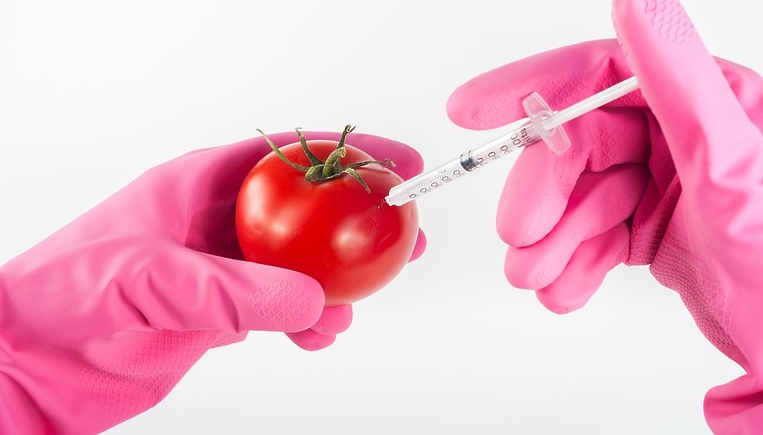

Order a call
 22.08.2018
22.08.2018
With the onset of the ripening season of fruits and vegetables and the importation into the territory of the Republic of Kazakhstan from other states, there is a risk of poisoning with nitrates contained in vegetables and melons.
Nitrates are salts of nitric acid, which are necessary for all plants for growth and development, so they will be present in the products in any case. If the content of nitrates in the soil does not exceed the permissible norm, then they are completely absorbed by plants and do no harm. But often, in pursuit of the harvest, nitrogen fertilizers are used without any measure, which leads to an increased content of nitrates in vegetables and fruits.
By themselves, nitrates have long been considered weakly toxic substances and have even been used as medicines. But it turned out that, getting into the human body, most of the nitrates are converted into nitrites (salts of nitrous acid). And nitrites, in turn, are real poisons. They actively interact with hemoglobin in the blood and cause, at best, poisoning, and at worst, disruption of the respiratory and nervous systems, thyroid gland, and heart, which can ultimately lead to oncology. These substances pose the greatest danger to pregnant and lactating women, as well as to babies.
How to determine the amount of nitrates in vegetables and fruits?
You need to be careful when buying: white cabbage, beets, radishes and radishes, cucumbers, pumpkins, all your favorite watermelons and melons, as well as greens (dill, parsley, celery), as these plants are favorites in terms of the content of nitric acid salts.
What are the clear signs that the norm of nitrates is exceeded in vegetables and fruits
Sanitary-hygienic laboratory specialists
RSE on REM "National Center of Expertise"
in Akmola region: G. Zhumagalieva, A. Ismaganbetova

